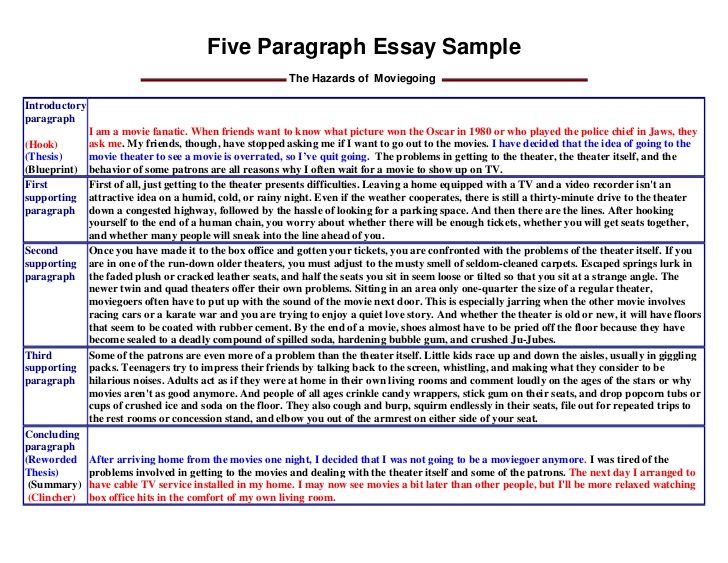How to Write a Good Introduction to an Essay
If you’re looking for some tips on how to write a good introduction to an article, read on. We’ll talk about transitional discussion, hook, and cliches. Then, we’ll discuss a few other ways to open your essay. After you’ve finished reading this article, you’ll be ready to start writing. But, first, let’s talk about the hook!
Conclusion
The conclusion of an essay should be a good way to summarize what has been covered in the essay. It should also show that it is relevant to the subject matter. For example, an essay that discusses the history of the Braille system would end by discussing the importance of the system. However, this should not be the only part of the paper. A good conclusion should be well organized and not introduce any new ideas or information.
The conclusion of an essay should not simply repeat the arguments discussed in the body paragraphs. Background material can usually be included later in the paper. In addition, the conclusion should give the reader something to think about and should reflect on the overall importance of the topic. It may also suggest a course of action or suggest wider implications. For example, an essay on global warming should mention the benefits of avoiding carbon emissions.
Hook
In an essay, the hook is the first sentence that captures the reader’s attention. It can be anything that interests you or piques their curiosity. In most cases, this hook is the first sentence of an essay introduction. For example, a hook sentence for a research paper might say: “Growing a vegetable garden has become a popular trend among young people today.” This example captures the reader’s interest and makes the reader want to read the rest of the essay.
Using a hook is a crucial skill to master. Unless you can make a hook that engages readers, your paper will never be read. Even if your content is reliable, if it doesn’t have a compelling hook, it won’t get read. Here are some tips for writing a powerful hook. Just remember to make sure your hook is geared to the type of essay you’re writing.
Transitional discussion
In academic writing, the use of transition words helps you move from one section of your paper to another. These words connect previously mentioned ideas and make general statements about the topic. Although they may be necessary, they must be used properly and in a way that makes sense in the context of the entire sentence. If used incorrectly, transition words may create a fragmented sentence. In this case, you should avoid using subordinating conjunctions.
To make transitions clear, you should start each new paragraph with a transitional discussion. This way, the reader will understand that the information in one paragraph is related to the discussion in the following section. The transitional discussion should also be as brief as possible, since the whole purpose of a transitional paragraph is to connect paragraphs and sections together. Here are some tips for writing better transitions:
Cliches
There are several simple steps that you can take to avoid cliches in an essay. For instance, make sure to read your paper out loud or aloud before you begin writing. It is a good idea to pause between sentences to allow your audience to form mental pictures. Try skipping over certain phrases, such as “I believe that…” or “We are the best in the world!” Also, try to use new analogies and metaphors whenever possible. Avoid using any ideas that you have previously used.
In addition to avoiding cliches, you should also make sure your essay is clear and concise. Try to avoid using “I believe in…”, “I want to…”, or “I’d like to help you learn to write.” Remember, cliches have multiple meanings, and most of them have nothing to do with your topic. Instead, you should use “I” instead of “I believe in…” as these are not specific examples, but rather generalizations that are often used as fillers in writing.
Using a dictionary definition as a hook
Many people have given you advice on how to write a hook for your essay, suggesting that you use a catchy quotation or dictionary definition. However, it’s important to remember that your professor has probably read thousands of essays and has heard dictionary definitions 100 times before. If your hook fails to hold the reader’s attention, your grades will suffer. Fortunately, there are many alternative ways to hook your reader.
The main advantage of using a dictionary definition as a hook for an essay is that it can be used in many ways. One method is by using synonyms instead of the definition of the word. Another option is to use a more generic word instead of a dictionary definition. This way, your introduction is as catchy as possible. It can also be used as a hook for other parts of the essay, such as a subhead or a conclusion.
Avoiding adverbs and adjectives
Academic writing focuses on strong, resonant language, and avoiding adverbs and adjectives can help you achieve this. Adverbs are often used to describe action, and the adverb “aggressively” refers to the aggressive way the professor took the temperature. While this is a strong word in its own right, academic writing also has specific rules for their use.
In academic writing, it is critical to use proper punctuation and avoid using too many adverbs and adjectives. The importance of proper punctuation and adverbs can be explored in two parts. First, avoid using adjectives that describe the colour of your stains. The color blue should be described in a more descriptive way. Second, avoid using words such as “azure,” which sound too poetic.

